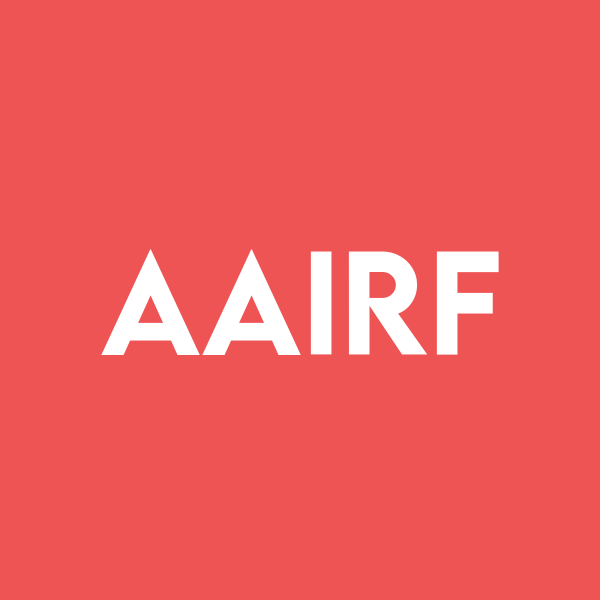Bussiness
Toronto Pearson Airport Uses Modern Analytics to Make Travel a Breeze

Today’s airports are busier than ever, with a recent report from Airports Council International (ACI) projecting that demand for air travel will finally surpass pre-pandemic levels in 2024 from all airports. Many of already surpassed pre-pandemic levels in 2023. This is all good news for the for airports, airlines, and the businesses they support—but it also brings challenges. High passenger volumes often force airports to grapple with traffic congestion, long wait times, security concerns, and other issues that impact the travel experience. As the largest and busiest airport in Canada, Toronto Pearson Airport understands this better than most.
Fortunately, airports now are looking at advance technologies coupled with leverage existing infrastructure to help mitigate those issues. Modern surveillance solutions equipped with AI-powered analytics are helping airports improve security, reduce wait times, and generate the actionable insights needed to increase operational efficiency throughout the airport. By leveraging modern surveillance solutions, Toronto Pearson Airport was able to improve the travel experience from the moment a passenger arrives at the airport to the moment their plane departs—and best of all, it did it without sacrificing the privacy and anonymity of its visitors.
Leveraging Advanced Analytics to Solve Age-Old Travel Problems
Modern surveillance devices have come a long way from the analog cameras of old. Deep learning capabilities are standard on many of today’s cameras, allowing them to run advanced analytics at the network edge. These analytics are highly useful for security purposes—for instance, they can automatically identify and alert on suspicious or dangerous activity, such as trespassers, abandoned luggage, aggressive behavior, and more—but a growing number of airports and other businesses are leveraging them for business operations as well.
Toronto Pearson Airport receives over 275 international flights each day, with more than 21 million international travelers passing through its gates each year. Keeping those passengers (not to mention the millions of domestic travelers) moving quickly and efficiently through the airport is critical, and traveler feedback revealed long wait times and frequent congestion common among passenger concerns. Airport administrators realized that they could leverage the more than 3,000 surveillance cameras already in use throughout the airport to generate crucial data that could help address those issues more effectively.
Rather than simply watching for potential security incidents, surveillance video is now fed into an advanced AI platform, where it is correlated with other data, including time of day, flight schedules, and other factors. This provides Toronto Pearson Airport with the real-time information needed to deliver accurate wait-time predictions to both on-site terminals and the airport website, allowing travelers to more effectively plan their travel—even before they arrive at the airport. The availability of real-time information has also helped assuage the fears of travelers worried about making connecting flights, and even helped those picking up arriving passengers better plan their pickup times.
Of course, it isn’t just travelers who benefit from this data—it’s airports and their employees, as well. By correlating data like time of day and flight schedules, airports can more accurately predict high traffic periods and make staffing decisions accordingly. They can also generate real-time alerts when queue lengths become excessive, signaling employees to open additional check-in terminals or security lanes. The data generated by these devices can also be helpful to businesses located within the airport, helping them inform their own staffing decisions and available hours. The result is an airport that functions more cohesively, with the information readily available to help make intelligent, data-driven decisions to promote a more seamless and hassle-free travel experience.
Making Stress-Free Air Travel a Reality
As modern surveillance devices grow more advanced, their potential uses are expanding rapidly. Toronto Pearson Airport is leading the way, but a growing number of airports around the world are leveraging similar solutions to streamline their operations and improve the airport experience for both passengers and employees. Once thought of primarily as security devices, today’s surveillance cameras are helping businesses generate valuable data that they can use to inform and influence their business and operations decisions. Thanks to the power of AI, airports can now integrate surveillance video with other critical data and make stress-free air travel a reality.









